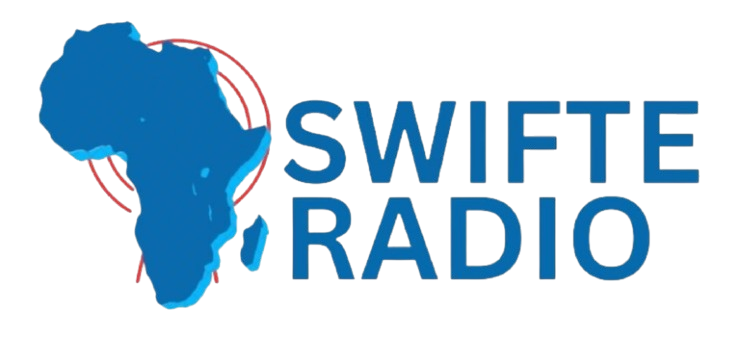Mayor expresses concern for Glenmore water treatment facility due to continued high demand for water amid repairs for Bearspaw south feeder main
As water demand spiked on Sunday, surpassing the limit set to accommodate a system hampered by ongoing repairs to a major feeder main, Calgarians were asked Monday to find a way to further trim their use.
Water usage on Sunday reached 509 million litres, 24 million litres above the threshold of 485 million litre and 13 million litres above Saturday’s demand.
Mayor Jyoti Gondek asked Calgarians Monday morning to do a little bit more to bring water consumption down to a safer level as she expressed optimism about continuing construction on the Bearspaw south feeder main, which initially burst in June and is undergoing further repairs.
She said repair work is at the halfway point, with completion expected by Sept. 23. This will be followed by three days of flushing the pipe and testing water, with full return to service expected by Sept. 26.
“Things are looking really good so far,” she said.
Over the next two weeks, work will continue on the fourth repair site along 33rd Avenue N.W. in Bowness, as well as three sites along 16th Avenue in Montgomery.
Gondek reminded Calgarians to visit Montgomery business affected by road closures due to repairs. Affected businesses are losing approximately $10,000 a week in revenue, according to Ward 7 Coun. Terry Wong.
Addressing questions about how we still have water despite continued unsustainable demand and high strain on the system, Gondek said city crews learned from June’s water restrictions and found a bypass solution, allowing more water to be pumped through the system during repairs.
However, if something were to happen at the Glenmore water treatment facility requiring a facility shut down or a significant production curtailment, “we will be immediately plunged into emergency conditions,” said Gondek.
The current water usage target of 485 million is to protect the Glenmore water treatment plant, she added.
Wong said if water use continues at the current unsustainable rate, businesses may be forced to close.
However, Gondek said the city’s major non-residential water users have responded positively to water restrictions, adding they are also being asked to pare their consumption further.
Carolyne Bowen, the city’s director of climate and environment said Sunday that when use is in the unsustainable zone or “red zone” is when there’s risk of not being able to keep up with water demand.
“(In the red zone) it starts becoming increasingly difficult to recover water in our underground storage tanks,” said Bowen. “At this level, we’re not conducting preventative maintenance and all maintenance activities are reactive.”
City officials have cautioned that surpassing the threshold repeatedly could drain the city’s underground reservoirs, leading to a city-wide boil water advisory.


